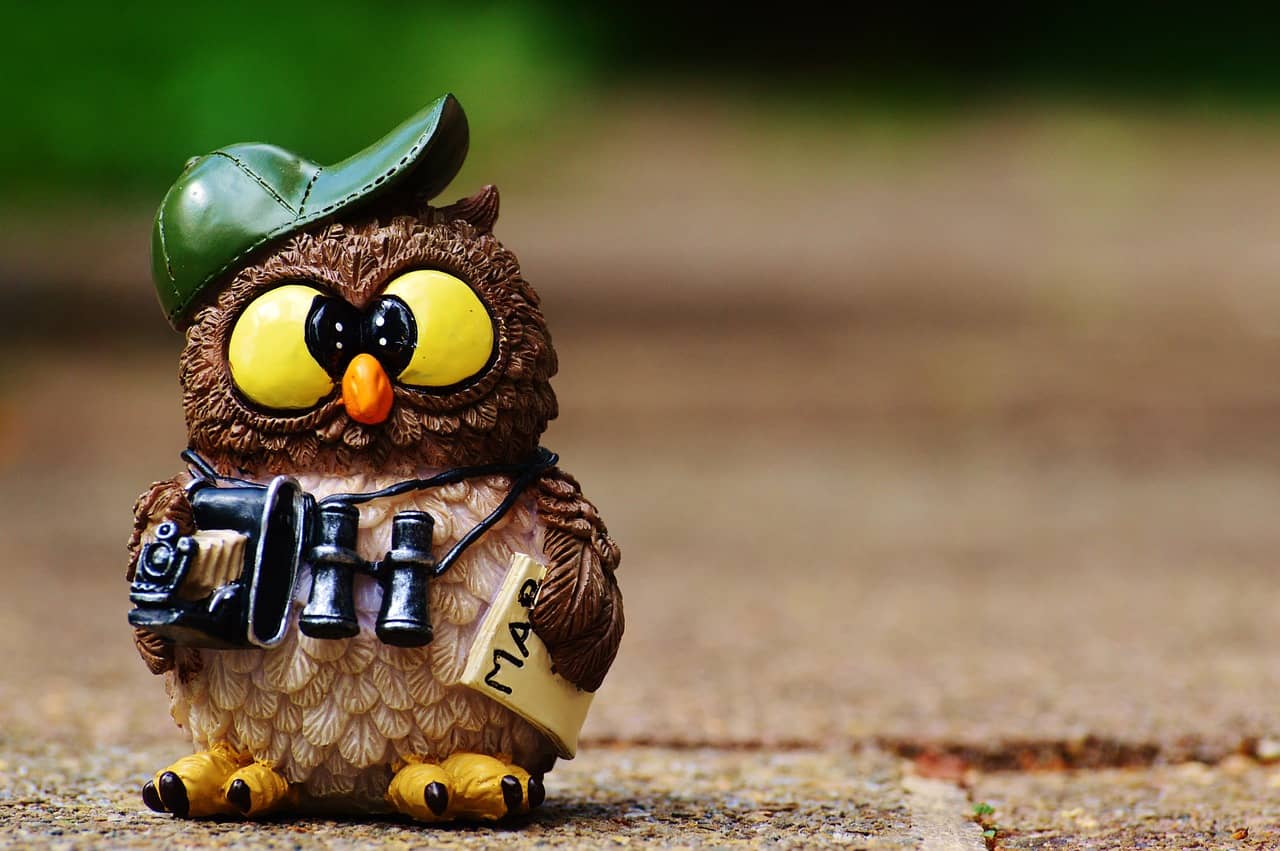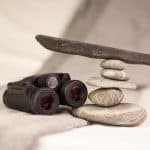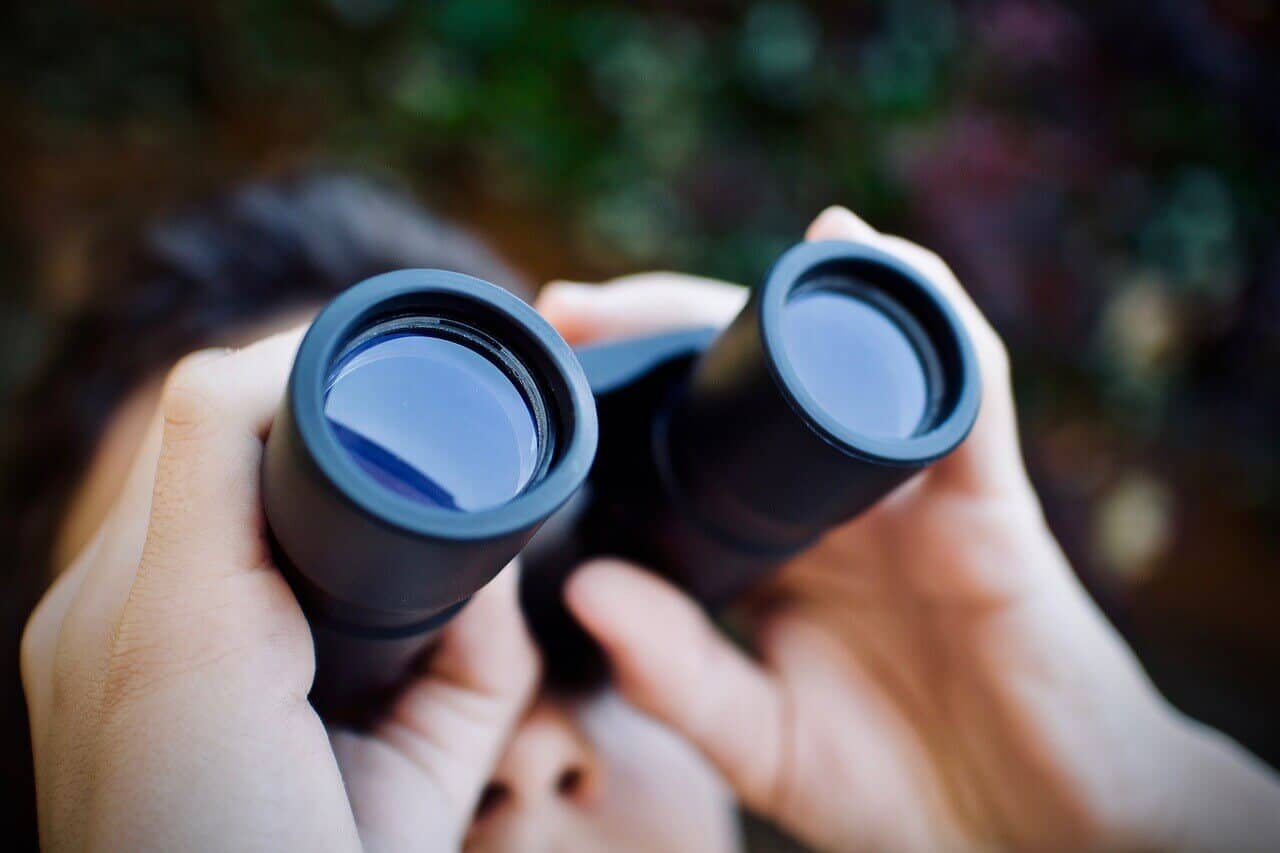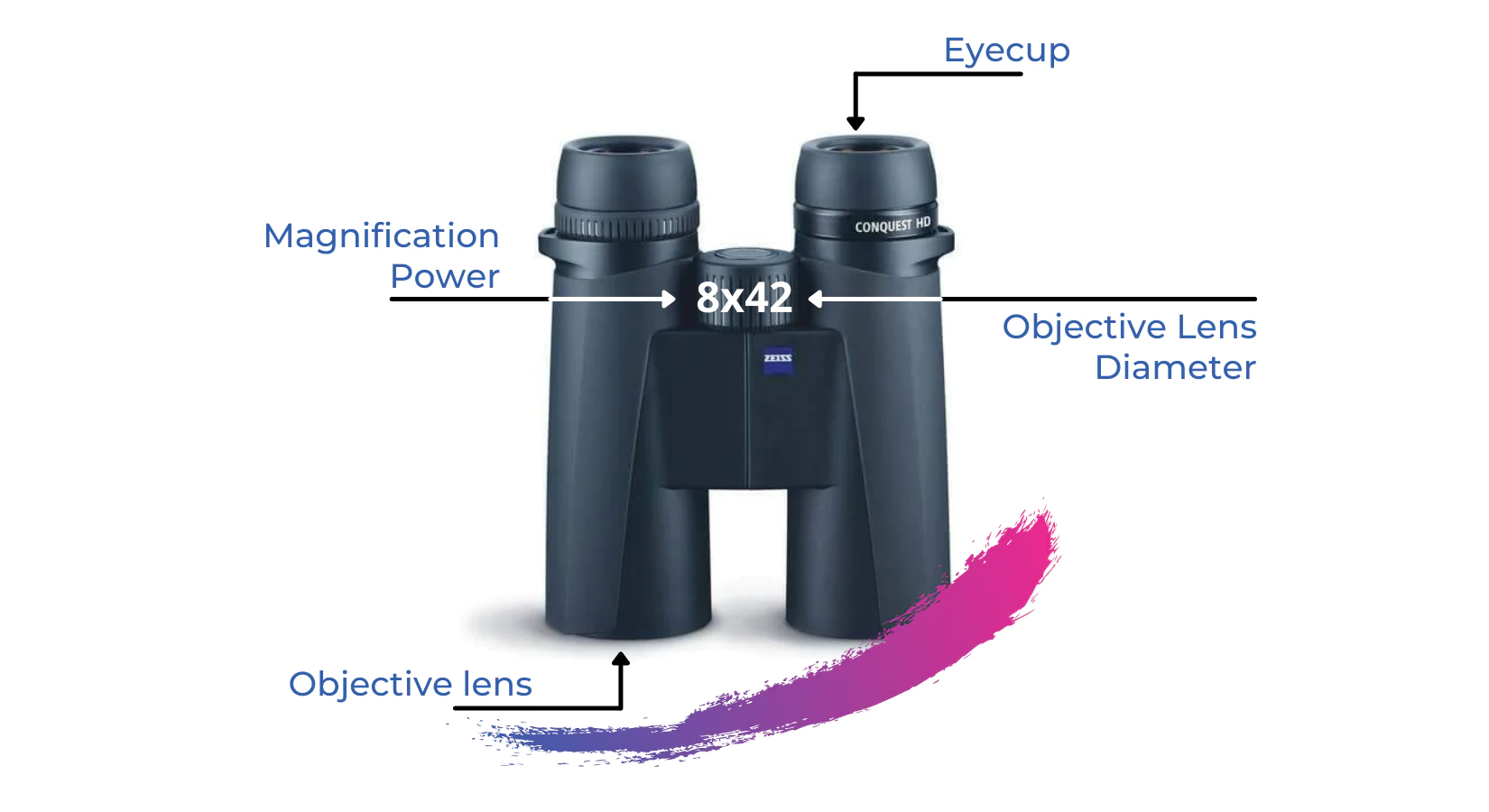Some serious research and hard work need to be done in order to find a perfect pair of binoculars.
But the question is what does 30×60 mean in binoculars? For binoculars buyers, understanding magnification and how it works is of paramount importance so you are crystal clear when choosing the right binoculars.
After doing extensive research I have compiled this guide to help you understand what does 30×60 mean in binoculars?
You can also relate this detailed guide to the following types of binoculars if you were looking for other than 30×60 binos.
- What do 20×50 binoculars mean?
- What do 30×60 binoculars mean?
- What do 10×50 binoculars mean?
- What do 8×32 binoculars mean?
- What do 8×42 binoculars mean?
What is Magnification?
Ask yourself this: Why do we buy binoculars? The answer is obvious, to see things that are far away and cannot be seen by the naked eye.
In other words, binoculars are tools that are used to magnify an image or scene so that we can see it up close. That is, without a doubt, the main function of binoculars.
How Does Magnification Work?
You already know that most binoculars include their magnification number in their name on the back of the lens.
Often you will see a binocular name followed by some number like 10×42 or 8×42.
The number that comes before x simply means that an image viewed through those binoculars will appear magnified according to that number.
So what does a 30×60 mean in binoculars?
Well, there are 2 numbers here.
The first number refers to the magnification of the binoculars.
The second number is the lens diameter.
Thus, 30×60 simply means that a picture seen through the binocular lens will appear 30 times more magnified or near than original naked eye image.
Let me quote an example to make it really easy for you.
If you are viewing an image that is 3000 yards away than by using 30×60 binoculars that image is going to appear only 100 yards away.
Now that is something to consider when buying binoculars, isn’t it?
What Does Aperture or Lens Diameter Means and How it Works?
To provide you with a clear and high-quality image, magnification and aperture work together. We cannot focus only on magnification while ignoring the lens diameter.
A bigger binocular will have a bigger lens in diameter. Lens diameter basically allows light to enter in the optical pathway thus creating a bright and clean picture.
Having a bigger lens means a brighter and more detailed image. Larger lenses allow more light to enter, which is beneficial in low-light conditions. They also provide a wider field of view and greater magnification. However, the downside to larger lenses add weight and bulk to the binoculars, making them more difficult to carry and use.
Although other factors such as lens coating, use of different prism, and housing material also play a pivotal role in creating a supreme quality picture.
When looking for the answer to what does 30×60 mean in binoculars, we cannot ignore the number that comes after x.
As mentioned the second number is the Lens diameter – The Lens diameter is a measurement of the size of a lens, usually measured in millimeters
In 30×60 binoculars, the lens diameter will be 60mm. An interesting thing to note here is that while lens diameter plays a big role in determining the weight of binoculars, magnification has little to do with the size of optics.
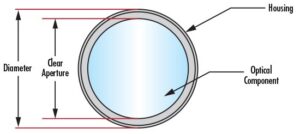
Field of view is another issue when choosing the right binoculars. Field of view means the area that is being covered when you are using binoculars.
If you own larger lenses that simply means you get to see more area as compared to binocs with smaller lenses.

Bottom Line
We are positive that after reading this guide if any of your friends ask you what does 30×60 mean in binoculars, you can guide them confidently.
Understanding how magnification and aperture work will further simplify binoculars specifications for you thus enabling you to buy just the right pair of binoculars.
Related Questions:
- 10×42 binoculars what does that mean?
- what does 10×42 mean for binoculars?
- what does 10×42 binocular mean?
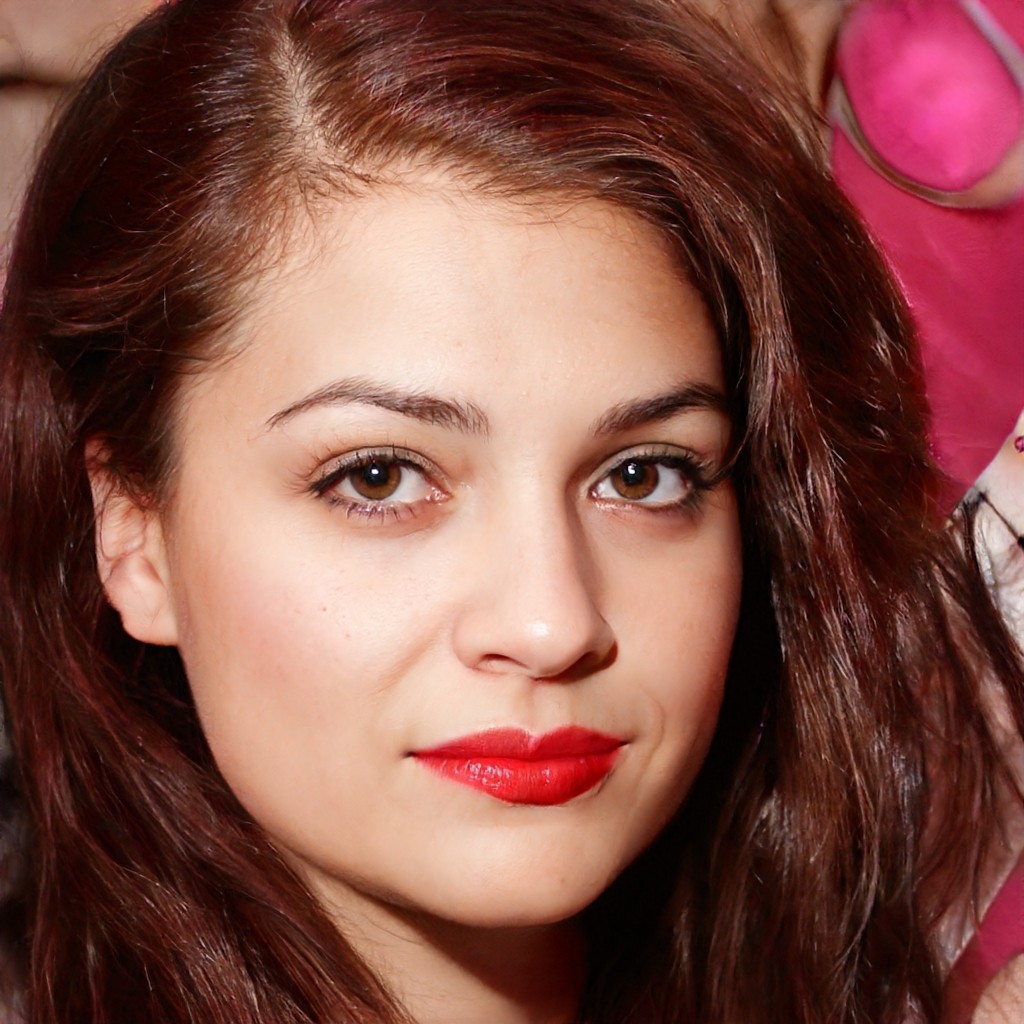
An optics enthusiast – I love bird watching as well as wildlife. Originally from South Africa, I moved to the UK at a young age. I love reviewing the latest binoculars as well as traveling. I work as a comms consultant during the day. My plan is to travel across the world so building up to that goal.

